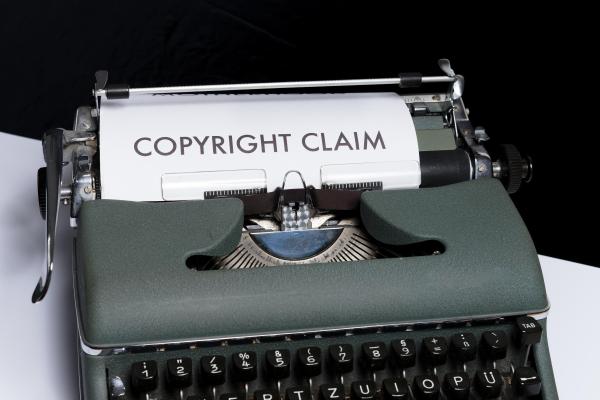How To Properly Protect Your Intelectual Property On The Internet
It is no secret that the internet has become a breeding ground for piracy and intellectual property theft. With just a few clicks, anyone can find themselves in possession of copyrighted material that they did not pay for. This has serious implications for businesses and individuals who rely on their intellectual property to generate income. Fortunately, there are steps you can take to protect your intellectual property on the internet. By understanding how intellectual property theft works and taking measures to prevent it, you can safeguard your hard work and creativity.
Learn About Copyright Law
Intellectual property theft is a serious problem on the internet. Original works of authorship, including books, films, and music, are safeguarded by copyright laws. When someone violates copyright law by stealing or copying someone else's work without permission, they are committing intellectual property theft.
This can have serious consequences for businesses and individuals who rely on their intellectual property to generate income. When it comes to online copyright law, there are a few key things you should know. First, copyright protection applies to digital content just as it does to physical content. This means that if you create something original and post it online, it is automatically protected by copyright law.
Second, you do not need to register your work with the government in order to receive copyright protection. However, registering your work does have some benefits. For instance, if someone violates your copyright, you will have a much easier time taking legal action against them if your work is registered.
Don't File Patents
Patents are a type of intellectual property protection that is available for inventions. In order to receive a patent, you must file a patent application with the government. This process can be expensive and time-consuming, and it is not necessary in order to receive copyright protection for your work
In addition, patents only protect the specific way an invention is made and used. This means that if someone creates a similar invention that does not use the same method or process, they will not be violating your patent. For this reason, patents are not typically recommended for online content creators.
Use A Copyright Notice
One of the best ways to protect your intellectual property is to use a copyright notice. A copyright notice is a statement that tells the public that your work is protected by copyright law. It also includes information on who owns the copyright and how to contact them. Including a copyright notice on your work makes it much less likely that someone will steal it without permission.
There are two main ways to include a copyright notice in your work. The first is to include the notice in the footer of your website. The second is to include the notice on any page where your work is published. For instance, if you are posting an article on a blog, you would include the copyright notice at the end of the post.
Avoid Joint Ownership
If you are creating something with someone else, it is important to avoid joint ownership. This means that both parties have an undivided interest in the property and can make decisions about it without the other person’s consent.
This can be difficult to do if you are working on a project together, but it is important to protect your intellectual property. You can do this by having a written agreement that states that each person owns their own work and that the work cannot be used without the other person’s permission. This will help to avoid any disputes down the road.
Safeguard With Access Control
One of the most important things you can do to protect your intellectual property is to put safeguards in place to control access to it. This means giving access to only those people who need it and making sure that they understand the importance of keeping your information confidential.
One way to do this is through physical security measures like locked doors and safes. But you also need to be aware of the potential for cyber threats and take steps to protect your information online. This includes using strong passwords, encrypting your data, and limiting access to only those people who absolutely need it. By taking these precautions, you can help keep your intellectual property safe from both physical and cyber threats.
In conclusion, there are a number of things you can do to protect your intellectual property. These include using a copyright notice, avoiding joint ownership, and safeguarding your work with access control measures. By taking these steps, you can help ensure that your work is protected from theft and misuse.

